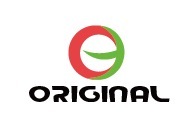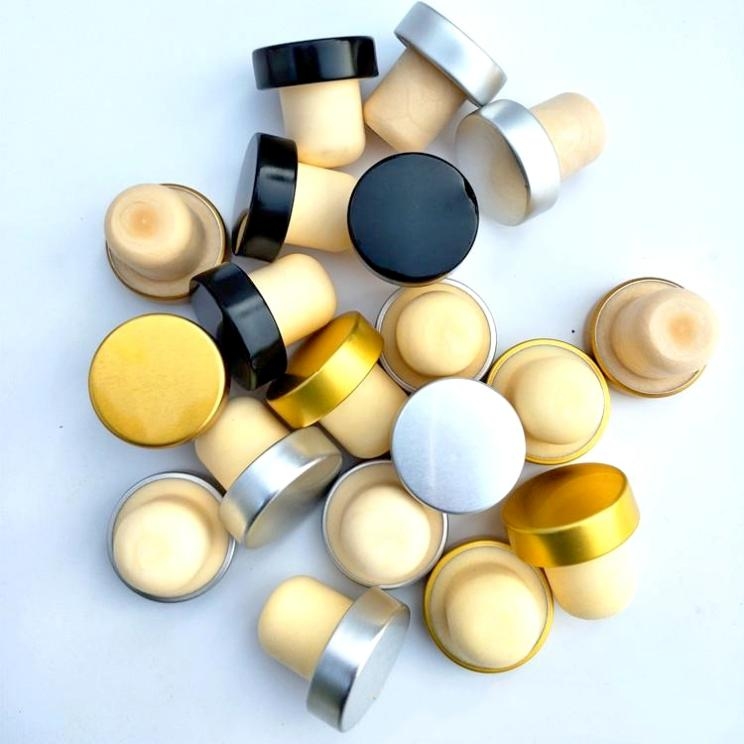123
12443
Cork: A Symbol of Tradition and Elegance
The origin of corks and red wine is extremely profound, and its history can be traced back to the 1st century BC, when people began to use corks to seal pottery jars for storing wine. In the 17th century, Mr. Dom Pérignon took the lead in using corks to seal sparkling wine, solving the problem that traditional wooden stoppers were easy to pop out of the bottle mouth. Since then, corks have gradually become popular. In the following two centuries, with the mass production of glass bottles and the standardization of bottle neck sizes, corks have been greatly popularized.
Corks are made from the bark of cork oak trees. This kind of bark has a lightweight and porous structure, with certain elasticity and air permeability, making it an ideal material for wine bottle sealing. One of its unique advantages is that it allows a small amount of air to enter the bottle and come into contact with the wine, promoting the slow oxidation of the wine and helping the red wine develop more complex aromas and flavors during the aging process. This micro-oxidation effect is crucial for improving the quality of red wine. At the same time, the compressibility and elasticity of the cork enable it to firmly block the bottle mouth, preventing excessive oxygen from entering and wine leakage, thus well balancing the sealing performance and air permeability. Moreover, cork is a renewable resource. The bark of cork oak trees can be peeled every 9 years without damaging the trees, which is environmentally sustainable. In addition, the unique sense of ceremony when opening the cork, the action of gently rotating and pulling it out, and the crisp “pop” sound bring people a sense of expectation and satisfaction, as if opening a door to a good time, and it has become an indispensable part of the wine tasting culture.
However, corks are not perfect. They are at risk of cork taint. According to statistics, about 2% – 5% of wines sealed with corks will have cork taint. This is caused by trichloroanisole (TCA) produced when corks come into contact with moisture, chlorine, and mold. Although drinking contaminated wine is harmless to the human body, excessive TCA will mask the original aroma and flavor of the wine, making it smell like moldy old newspapers and wet cardboard. In addition, if the environmental humidity is too low, the cork will dry out and loosen, failing to seal, causing the wine to oxidize and deteriorate due to contact with excessive air, affecting the aroma, polyphenols, and taste layers of the wine. Moreover, opening a wine bottle sealed with a cork requires special tools and skilled techniques, and there is a risk of the cork breaking during the process.
Screw Cap: A Representative of Modern Convenience
The history of screw caps is relatively short. It was not until the 1960s that the first modern-style screw caps came into view. In the 1980s, due to the poor quality of corks at that time and the frequent occurrence of cork taint, screw caps rose as a substitute and gained a firm foothold in the wine industry.
Screw caps are made of metal or plastic and have excellent sealing performance, which can effectively block the intrusion of external air and microorganisms, ensuring that the wine remains in the best condition during storage and transportation. This feature makes it particularly suitable for wines that pursue freshness, such as Sauvignon Blanc from Marlborough, New Zealand, which can maintain the fruity aroma and flavor of the wine for a long time. At the same time, screw caps are easy to open. They can be opened with a gentle twist by hand without the need for a professional corkscrew, and there is no need to worry about wood chips falling into the wine after the cork breaks, providing great convenience for consumers, especially modern people who pursue instant satisfaction and a convenient life. In addition, screw caps have the advantages of being affordable and easy to recycle, which meets the dual pursuit of modern people for environmental protection and economy.
However, screw caps also have their shortcomings. Their high sealing degree and low oxygen permeability lead to slow wine aging, and they are also prone to bringing reducing odors such as flint or rotten eggs to the wine. Moreover, for many consumers with a cork complex, opening a bottle with a screw cap lacks that romantic and ceremonial feeling, making it difficult to meet their pursuit of the wine tasting ceremony.
Other Types of Wine Closures
In addition to corks and screw caps, there are other types of wine closures on the market. For example, synthetic corks, which are rubber products, similar in appearance and function to traditional corks, are common substitutes. Synthetic corks can avoid the problem of cork taint, but they can only briefly maintain the antioxidant time of wine (about 18 months). They need to be drunk as soon as possible after bottling, and sometimes they can leave some chemical rubber taste in the wine. Glass stoppers are composed of glass and rubber rings on the inner side, which can prevent wine oxidation and TCA contamination at the same time. However, due to their high cost, requiring completely manual bottling, with each costing 70 cents, and the corresponding filling equipment not being popularized worldwide, their promotion is limited to a certain extent. Crown caps are often used to seal sparkling wine. Initially, they only played a sealing role during fermentation and were often replaced with corks before transportation. However, now many producers directly use crown caps to sell their products. Although opening is extremely convenient, it greatly reduces the atmosphere and sense of mystery when using champagne at parties.
How to Choose the Right Wine Closure
Different types of wine closures are suitable for different styles of wine. For red wines that need long-term aging, such as classified growths from Bordeaux, France, and Barolo from Italy, corks with good air permeability are more suitable. Generally speaking, the longer the wine needs to age and the more high-end the wine is, the longer the cork used, because a longer cork has a better sealing effect and can better meet the needs of such wines for a micro-oxidation environment during the aging process. Screw caps are more suitable for bottling wines that emphasize fresh fruit flavors or have a simple style and are suitable for early drinking. In recent years, with the development of science and technology, screw caps have also acquired the ability to “let the wine breathe”. Some screw caps can precisely control the amount of oxygen entering, reduce bottle variation, and while ensuring the freshness of the wine, also allow the tannins and polyphenols in the wine to develop and mature slowly in the bottle.
When choosing a wine closure, both producers and consumers need to comprehensively consider factors such as the style characteristics of the wine, aging needs, ease of opening, and personal pursuit of a sense of ceremony. After all, the right wine closure can maximize the charm of the wine and bring people a wonderful tasting experience.




